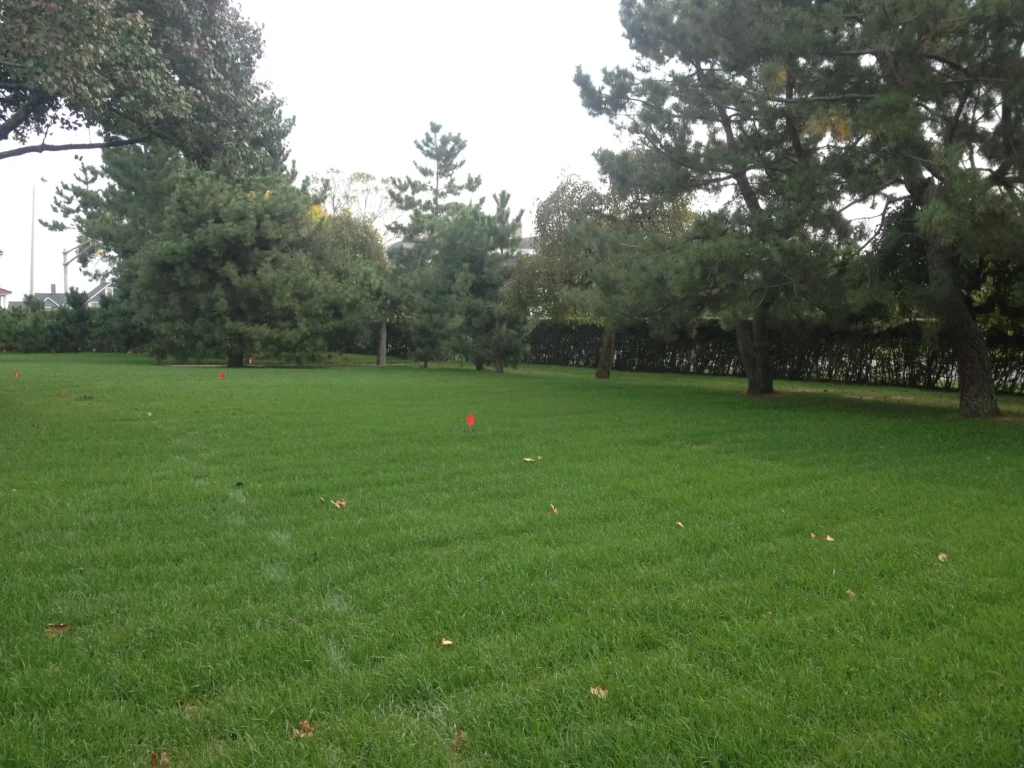Rutgers Cooperative Extension
Soil Testing for Home Lawns and Gardens
Soil testing can provide information about how to enhance the beauty and productivity of a lawn, landscape planting, or vegetable garden. Whether your goal is a plush green lawn or a large harvest of vegetables, soil fertility testing is the place to start. it helps by determining a soil’s need for lime and fertilizer. Regular soil tests are also a part of a sound environmental management plan for your home and garden. Proper soil and fertility management will reduce the potential for water contamination from fertilizers. By knowing the plant’s nutrition needs of your lawns and gardens, you can prevent the overapplcation of fertilizers, which can result in carrying excess nutrients into streams or leaching them into groundwater.
When to Sample
The best time to take a soil sample is after harvest in the fall or before spring fertilization. Do not sample shortly after a lime. Fertilizer or manure application. Or when the soil is excessively wet.
Where can I get a soil test kit?
Soil test kits are available for a fee from most of Rutgers Cooperative Eximision’s county office which are listed in the blue pages of your telephone book under county government. Kits are also available from the Rutgers Soils Laboratory located at the Cook College Campus in New Brunswick. Separate soil samples will need to be taken from areas used to grow different types of plants. For example, separate soil test kits should be used for lawn areas and vegetable garden areas. Samples from rhododendron, azalea and other broadleaf evergreen areas should be kept separate from other shrub areas. Also sample separately areas that have previously received different lime or fertilizer treatments and areas that are noticeably different in plant or soil quality.
How to take a soil sample?
The Rutgers Soils Laboratory uses state-of-the-art instruments and methods of soil analysis. The soil test however, can only be as good as the soil sample collected, so it is very important to use proper sampling techniques. The objective of sampling is to collect a random sample that will best represent the average fertility of the sample area.

Depending on the size of the area to be sampled, collect about 10 to 15 cores or slices of soil while walking in a random pattern over the area to be tested.Although a soil sampling probe is the most convenient tool to use, a garden trowel or spade also works well.
